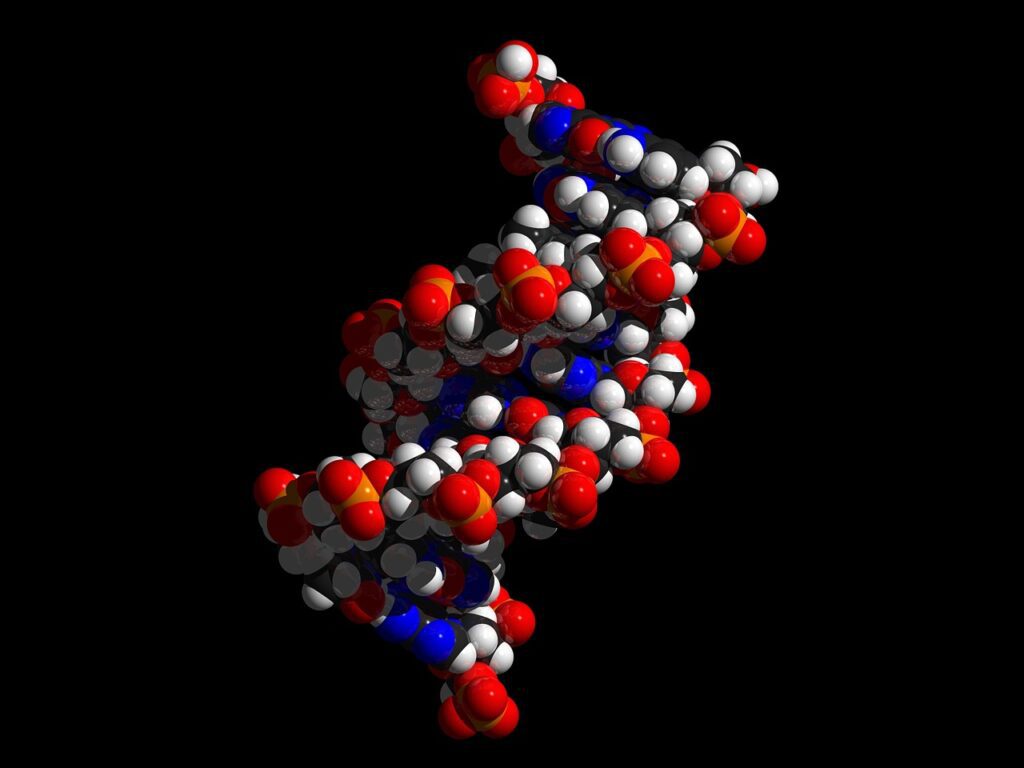The initial CRISPR treatment for sickle cell disease was administered to Victoria Gray in July 2019. Victoria, a resident of Forest, Mississippi, was born with sickle cell and has lived with severe bouts of pain ever since. That is until her CRISPR treatment.
NPR was given access to exclusive reporting of Victoria’s progress after her therapy. Victoria told NPR that she has been free of pain since the treatment. She said that she is finally able to be a full-time wife and mother to her husband and three children.
Victoria’s celebrity came about as a result of being the first U.S. patient to undergo treatment for a genetic disorder by way of the gene-editing CRISPR technique.
About Patient Follow-up
The remaining seven patients have been monitored by researchers between three to eighteen months after their CRISPR therapy. All ten participants have responded well and have reported being pain free.
Victoria and two other patients had been diagnosed with sickle cell disease. The remaining seven patients have been diagnosed with a related but more rare blood disorder called beta thalassemia.
The patients did, however, experience side effects from an aggressive round of chemotherapy intended to destroy a major portion of their bone marrow. This step is necessary to allow the infusion of billions of the patient’s own re-engineered cells.
About Sickle Cell and Beta Thalassemia
Defects in hemoglobin cause deformed blood cells in the sickle cell disease that do not transport oxygen properly. This results in clogged vessels, strokes, and organ damage.
In beta thalassemia there is a lack of or abnormality affecting hemoglobin. As a result, patients experience shortness of breath, anemia, and fatigue. A patient with severe symptoms will require frequent transfusions. Both diseases are inherited.
About CRISPR Therapy
The CRISPR study focuses on the defects in adult hemoglobin. A specific form of hemoglobin is made in the womb. When a baby begins to breathe on its own, a gene (the switching gene) gives instructions to cells to make an adult type of hemoglobin. If the adult hemoglobin becomes defective, CRISPR is used to edit out the switching gene.
The next step is the removal of stem cells from the patient’s bone marrow. CRISPR edits the cells triggering the production of fetal hemoglobin.
Haydar Frangoul M.D., one of the study leaders, explains that by turning that “switch” off the cells are, in effect, back in utero. This causes the cells to again create fetal hemoglobin. Red blood cells need hemoglobin in order to transport oxygen.
A New Life Without Pain
Victoria and the two other sickle cell disease patients report that they have not had other disease-related complications since they received the CRISPR treatment. This includes the severe, painful bouts Victoria experienced that resulted in frequent hospital stays. She has also been able to taper off her powerful pain medication.
Cautiously Optimistic
Based on bone marrow samples from Victoria taken at six month intervals, researchers are optimistic about the potential for CRISPR as an eventual cure.
Samarth Kulkarni, CRISPR Therapeutics CEO, told NPR that she believes that this one-time therapy may be a cure for life.







